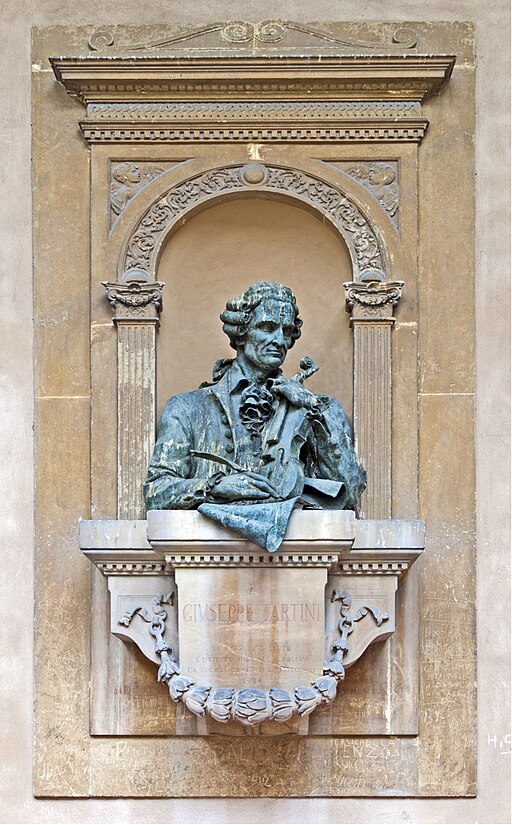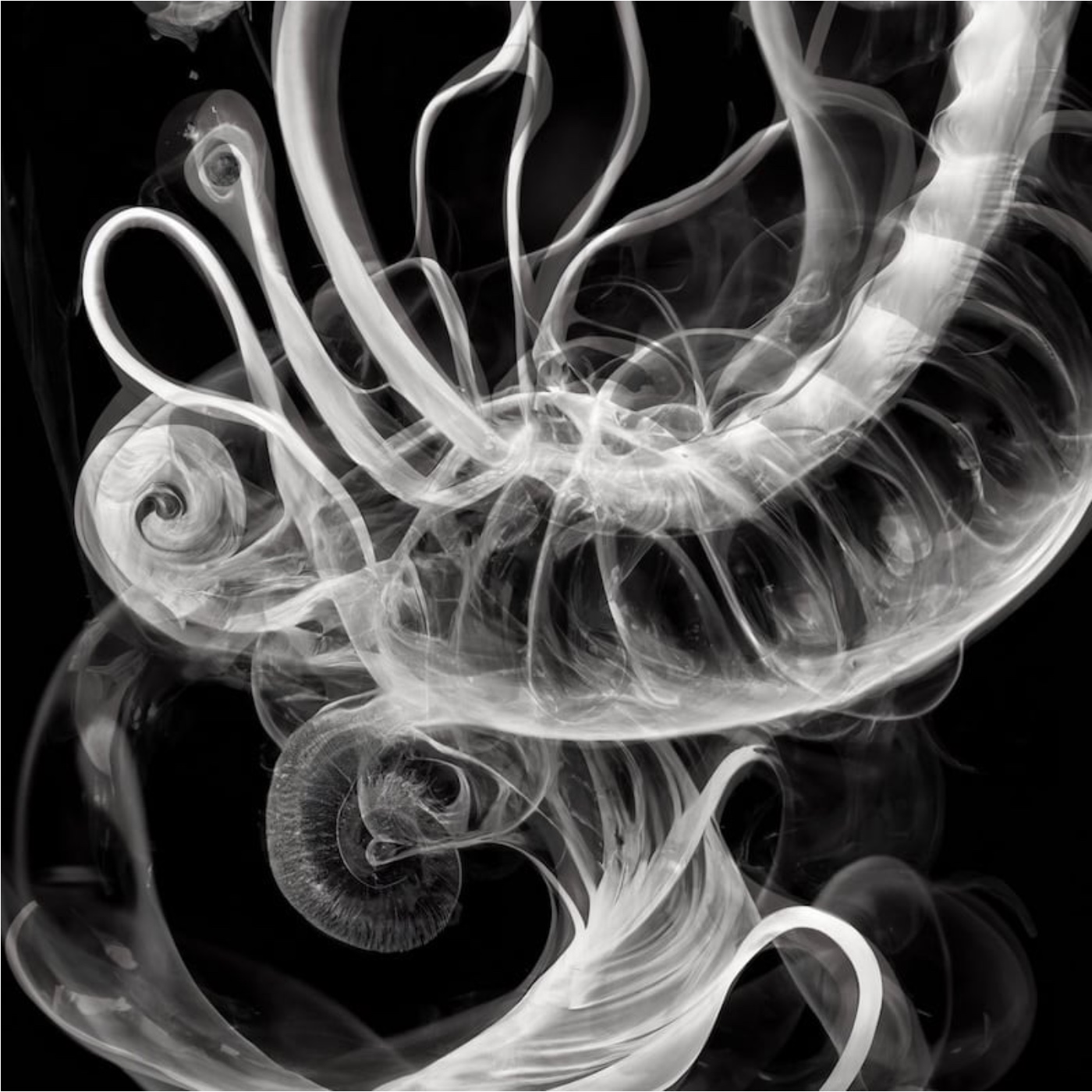Outreach and Public Engagement
We do not do science in a vacuum. Our work runs on public trust, public funds—and, above all, public curiosity. Most scientists become one because someone, at some point, sparked in them the sense of wonder for the Unknown. It is our responsibility to pass that wonder on, and to protect it from being spoiled by misunderstanding, indifference, or mistrust.
Auditory neuroscience is a beautiful field that is suited for the job. Placed at the crossroad where physics, biology, engineering, and medicine meet, it tackles questions that belong to all four. Although it is deeply woven into our everyday lives, few people know that a healthy ear emits sounds, and that doctors record these sounds to assess hearing in newborns, or that even mild forms of hearing loss increase the risk of dementia by 500%.
🎵 Music and Science — Collaborative Sound Art Projects
In collaboration with conceptual sound artist Lola de La Mata, I contributed to the creation of the music album Oceans on Azimuth, where my voice is featured in the track Calibration God. This work centers on the active process in hearing.

The price we pay for the remarkable sensitivity and frequency tuning of our hearing system are distortion products—auditory illusions that are, paradoxically, an intrinsic part of how we perceive sound. The first to notice this was the violinist Giuseppe Tartini in 1755. While tuning his violin, he heard a tone that he wasn’t playing. He called these “terzi suoni”—tertiary sounds—because while he was playing two tones, he clearly heard a third. This leads us to wonder: if all ears naturally experience these distortions, have nonlinearities of hearing always influenced musical composition?

In Oceans on Azimuth, Lola composed new music using distortion products and spontaneous otoacoustic emissions—sounds our ears emit naturally—which we recorded from her ears.
This work earned Lola the Sound of the Year Awards 2023 in the category Most Unpleasant Sound—a celebration of sonic phenomena in all their forms, from across the globe. The project, and interviews, have been featured in several media outlets, including Musicworks and Klof magazines.
Oceans on Azimuth also won Lola the 2024 Oram Award, named after electronic music pioneer Daphne Oram, which celebrates innovative women and gender-diverse artists working at the intersection of sound, music, and technology. Being part of this has expanded my research into new intersections between science and music—an exploration I continue to pursue with great enthusiasm.
🏳️🌈 LGBTQ+ Advocacy in STEM
The energy required to navigate the emotions that naturally arise in anyone that feels different in an environment that lacks acceptance, is immense. It diverts the focus one needs to thrive, draining the mental space individuals need to fully immerse in their passions and excel in scientific work. If we truly want to be inclusive, we must create open and supportive environments where everyone is free to channel their full energy there where they desire and contribute their best to science.
Since joining Rockefeller University, I have been a board member of RockOUT, the LGBTQ+ association on campus. I helped organize our annual campus Pride event, providing a platform for LGBTQ+ scientists to celebrate their identities in a welcoming environment, and the Out in Science panel, where queer scientists from academia and industry shared their experiences navigating often-isolating leadership spaces in STEM.
Although we have made significant progress, much work remains to be done. In most of the world, conditions remain significantly challenging, and progress—both in the more progressive West and globally—is far from a steady, guaranteed path. I am determined to do my part driving progress: academics ought to champion rationality over obscurantism.
THE LAB’S MASCOT
